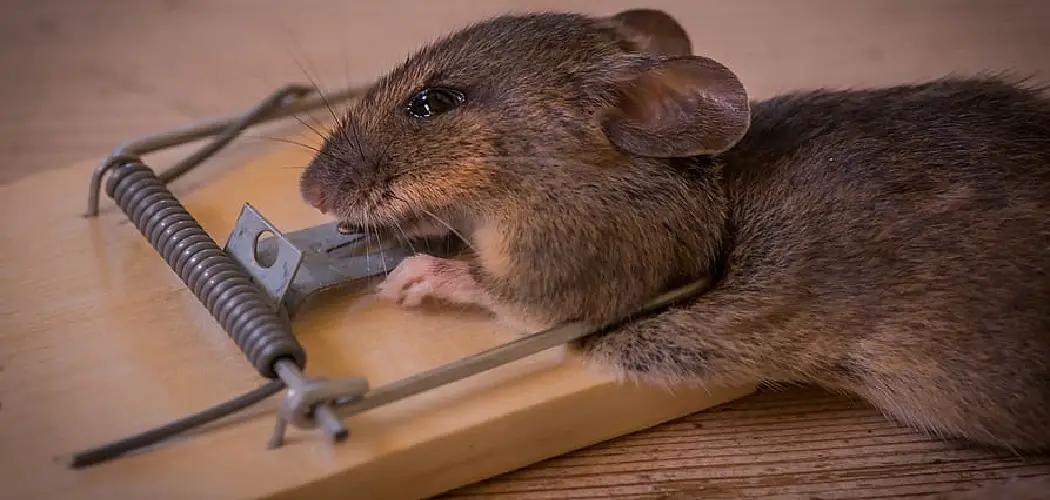No one loves seeing a mouse in their home, and often the first reaction to catching them is to set up mouse traps. But once you’ve done that, what do you do with the trap after it has served its purpose?
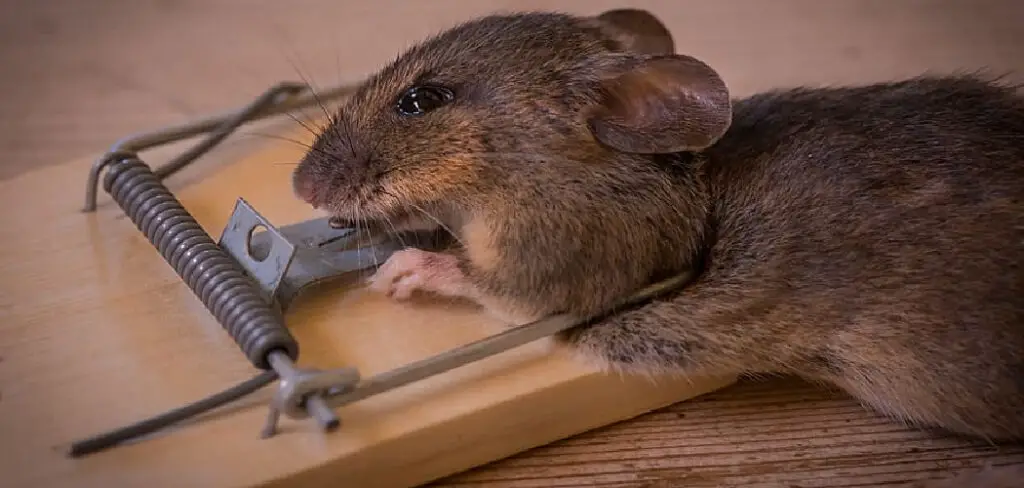
Cleaning and maintaining a mouse trap can be daunting if you don’t know how – but it doesn’t have to be! In this blog post, we will walk through how to clean mouse traps so they are ready for use again.
We’ll discuss when and how often these traps should be cleaned depending on usage as well as provide safety precautions before, during, and after each cleaning session. Read on for our in-depth look at how to properly clean mouse traps!
Can I Reuse Mouse Trap without Cleaning It?
No, it is not recommended to reuse a mouse trap without cleaning it first. Mouse traps tend to accumulate dirt and debris from the previous catch and this can attract pests or be transferred onto your next catch.
If you are planning on reusing a mouse trap, remove any bait, dispose of the dead rodent if there is one, and then thoroughly clean the trap with soap and warm water before setting it again. Disinfection with rubbing alcohol may also help eliminate potentially harmful bacteria.
Once all traces of old bait, droppings, or other residue have been removed, dry the trap completely before baiting and resetting. Be sure to wear gloves during cleaning as a precautionary measure against contamination or disease transmission. Additionally, check the tension of the trap to make sure it is still effective for catching pests.
It is important to note that all mouse traps should be regularly checked and serviced in order to maintain their effectiveness. Traps should be cleaned and disinfected after each use, even if a mouse was not caught.
This will help extend the life of the trap and ensure that it remains an effective pest-catching tool. Regular maintenance also helps prevent disease transmission from one rodent to another or from rodents to humans.
8 Methods How to Clean Mouse Traps
1. Soap and Water
One of the simplest ways to clean a mouse trap is with soap and water. Just be sure to use hot water to ensure that any bacteria on the trap are killed. You may also want to scrub the trap with a brush to remove any dirt or debris that may be clinging to it.
Once you’ve finished scrubbing, let it air dry. If you’re using a wooden trap, let it sit in the sun for a few hours to help dry it out faster. To make sure it’s completely dry, feel the trap with your fingers. However, if the trap is plastic, you can simply use a paper towel to dry it off.
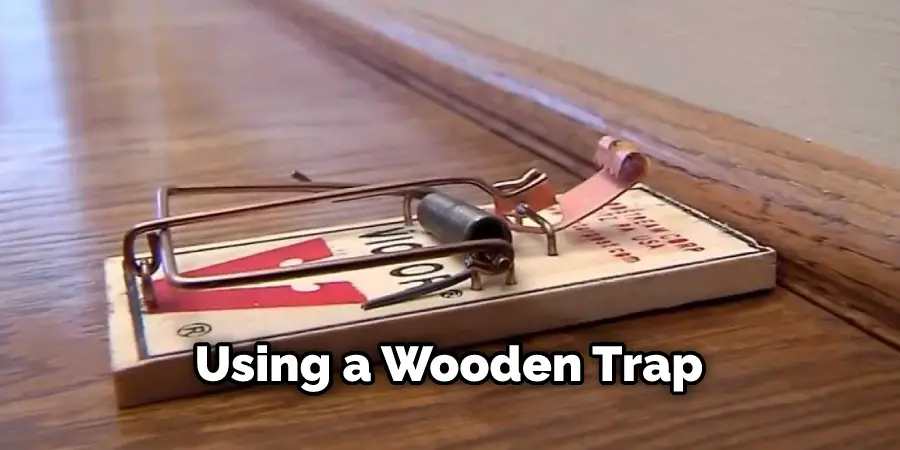
2. Vinegar and Water
Another way to clean a mouse trap is by mixing vinegar and water together. The acidic nature of vinegar can help to break down any dirt or grime on the trap, making it easier to clean. Simply mix equal parts vinegar and water together in a bowl and use a cloth to scrub the trap clean.
Make sure to rinse the trap off with warm, soapy water afterward and allow it to dry completely before reusing it. This method is especially useful for traps that have been exposed to outdoor elements or used in wet environments. By using vinegar and water, you can make sure the trap is free of bacteria and is safe to use again. It also helps to keep the trap looking new for longer.
3. Bleach and Water
If you want to disinfect your mouse trap, then bleach is an effective option. Just be sure to use a diluted solution of bleach and water so that you don’t damage the trap. Scrub the trap with a cloth soaked in the bleach solution and then rinse it off with clean water.
If you have a spray bottle, this can be an easier method as it’s quicker and more precise. Make sure to completely rinse off the bleach before setting the trap again. If you do not rinse properly, it can be harmful to your rodent problem and even yourself.
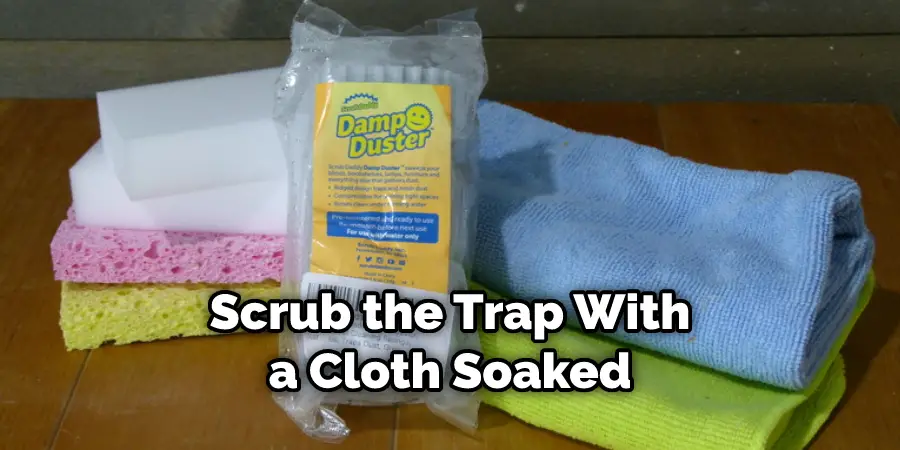
After cleaning, let the mouse trap dry completely before putting it back in service. In addition to cleaning with bleach, you should also use gloves when handling the trap and empty it out away from your home. This will prevent the spread of any germs or diseases that may be present in the trap.
4. Rubbing Alcohol and Water
Rubbing alcohol can also be used to clean mouse traps. Simply mix equal parts of rubbing alcohol and water together in a bowl and use a cloth to scrub the trap clean. The rubbing alcohol will help to disinfect the trap while also breaking down any dirt or grime.
Once the trap is clean, allow it to air dry before putting it back in service. Be sure to wear gloves when handling the trap to avoid any contact with any potential contaminants. Additionally, make sure to keep this mixture away from children and pets, as it can be dangerous if ingested.
5. Dish soap and Water
Dish soap can be used in much the same way as regular soap, except it may be more effective at breaking down grease and other tough residues. Mix dish soap with hot water in a bowl and use a cloth to scrub the mouse trap clean.
Rinse the trap off with clean water when finished. Depending on the severity of the mess, you may have to repeat this step a few times. If necessary, use a toothbrush or other small brush to get into tight corners and crevices. Be sure to dry the trap off with a cloth when you’re finished. This will prevent rust from forming and keep your mouse trap in good condition.
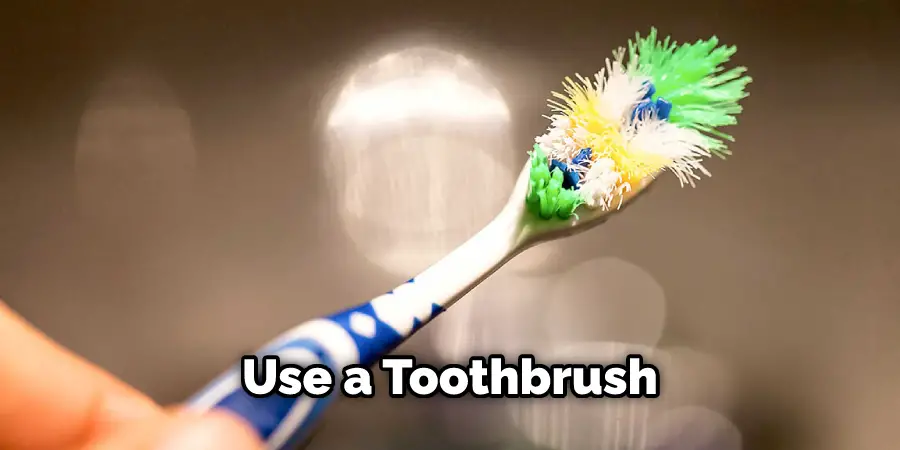
6. Baking Soda
Baking soda can be used as a gentle cleaning agent for mouse traps. Simply sprinkle some baking soda on the trap and use a damp cloth to scrub it clean. Rinse the trap off with clean water when finished.
This method is especially useful for traps made from plastic or metal, which can be damaged if aggressive cleaning solutions are used. For wooden traps, you may want to opt for mild detergent and warm water.
You’ll also want to use caution when dealing with traps that feature sharp edges, as the baking soda can be abrasive and cause damage. Additionally, be sure to let the wrap dry completely before you use it again. Baking soda is an effective and safe way to remove dirt, grease, and odors from your mouse traps.
7. Lemon Juice
Lemon juice can also be used as a cleaning agent for mouse traps. The acidic nature of lemon juice can help to break down dirt and grime, making it easier to clean up. Simply apply some lemon juice to a cloth and use it to scrub the mouse trap clean. Rinse the trap off with clean water when finished.
If you want to add an extra layer of cleanliness, mix some white vinegar into the lemon juice before scrubbing. This will provide added disinfectant power to the cleaning agent. Ensure that all of the lemon juice and vinegar is washed off thoroughly before setting the mouse trap again.
8. Toothpaste
Toothpaste is another effective cleaning agent for mouse traps. Simply apply some toothpaste to a cloth and use it to scrub the trap. Toothpaste is mildly abrasive, so it’ll help to remove any built-up grime or residue.
Be sure not to scrub too hard, however, as it may damage the trap’s metal or plastic components. Afterward, rinse the trap with water and dry it thoroughly before setting it up again. If you use a strong-scented toothpaste, such as one with mint flavoring, it may also help to keep mice away. To be extra sure, however, it’s best to use a pest repellent in addition.
Some Common Mistakes When Cleaning Mouse Traps
1. Not Wearing Gloves:
Whether you’re using a snap trap, glue trap, or some other type of mouse trap, it’s important that you wear gloves when cleaning it. Cleaning mouse traps can expose you to various types of bacteria and diseases, so protecting yourself with a pair of gloves is key.
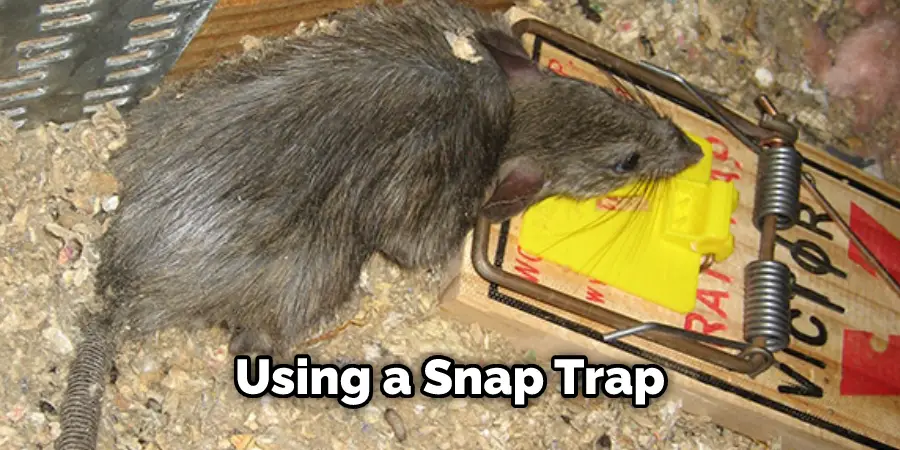
2. Not Disposing of the Dead Mouse Properly:
Once you have removed the mouse from the trap, it’s important to dispose of it properly. If you are using a snap trap, make sure that you put the dead rodent in a sealed plastic bag and throw it away in an outdoor trash receptacle.
If you are using a glue trap, simply throw away the entire device with all of its contents into an outside garbage can. Never leave dead mice or other rodents lying around, as this could attract other pests or animals to your home or property.
3. Not Cleaning Traps After Each Use:
It’s important to clean your mouse traps after each use in order to remove any remaining residue or bacteria. You should use a mild cleaner and warm water to wipe down the surface of the trap, as well as any other components that are part of the device. After cleaning, make sure to dry off any remaining moisture before re-baiting your trap with fresh bait.
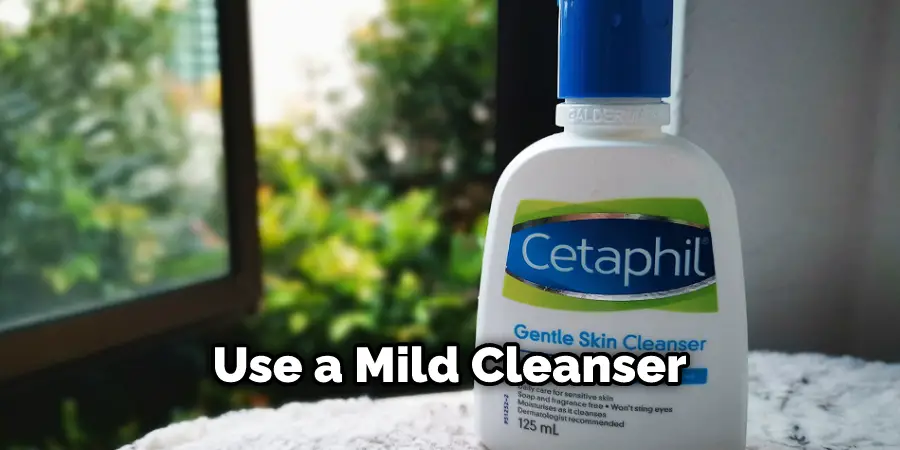
4. Not Replacing Old Traps:
If you have been using the same mouse traps for an extended period of time, then it’s important to replace them with new ones. Over time, mouse traps can become worn out and no longer be effective in catching pests. Additionally, older traps may contain harmful bacteria or diseases which could put you at risk if not properly handled and cleaned.
Conclusion
Ultimately, taking proper care of your mouse trap can lead to a more successful rodent control and humane trapping experience. Cleaning and resetting the mouse traps regularly is important to make sure that they are still working effectively.
Keep in mind that the goal is to not only kill the rodents but dispose of them correctly. With this effective method for keeping up with your mouse traps’ maintenance, you can have peace of mind that your home or business will be rodent-free in no time!
Knowing how to clean mouse traps leads to a better understanding of how to use them responsibly and humanely – something we should all strive for when dealing with any animal pest problem.

